Sleeping Beauty – The Dormition of Mary
I respect the young girl who was raped i.e. arranged marriage, to an old man, and then told by another ‘old man’ aka an ‘angel’ on behalf of an even older ‘man’ aka ‘God’ that she was having a special boy/son who was later called ‘the son of Man’ and even later ‘the Son of God’ and the baby was visited by ‘three Kings/Wise men’ (always the ‘three’). That poor girl her whole life and body was dominated by men, human and otherwise, and mansplaining. She had no chance, her existence was all planned out – if ‘he’ the chosen one, her son, was born knowing what would happen why choose to have his Mother’s life mapped out as well? He didn’t like how hard his life was/the direction in which it went and he knew in advance – both intentionally and unintentionally demonstrating that knowing something and go through it are two different things so why add to that and choose a girl who had no life/opportunity/choice at all? At least he could talk to God (or someone) and perhaps get an answer, she couldn’t at all as far as we know and it sounds like God or he and God (if they were even related in an immediate familial sense) picked a vulnerable/easily taken advantage of person to impose their plan(s) on. How nice. How good. Not. That is one of the types of innocent they were supposed to protect no? And no it wasn’t an honour or even an obligation/honour of duty as she may have seen it, she didn’t have a choice – she was a young girl she couldn’t make such big decisions herself let alone with informed, understood consent and she shouldn’t have had to – her choices were made for her. A child like the children in the world today who are married off and/or are children who have children and many of the rest of us in the world agree that even though it’s cultural we have moved on and/or we don’t like it/it’s not right and those who don’t mind are either of the ‘it’s not our children and there’s not much we can do about it so we don’t bother/just leave them to it’ mentality and those that want that kind of thing are deemed pedophiles.
Her festival including fasting period is almost overshadowed and even undone by:
https://en.wikipedia.org/wiki/Transfiguration_of_Jesus
‘The Feast of the Transfiguration of Jesus is celebrated by the most Christian denominations on August 06, 2017. Transfiguration is considered a major feast, numbered among the twelve Great Feasts in Orthodoxy. In all these churches, if the feast falls on a Sunday, its liturgy is not combined with the Sunday liturgy, but completely replaces it.
The Transfiguration is the second of the “Three Feasts of the Saviour in August”, the other two being the Procession of the Cross on August 1 and the Icon of Christ Not Made by Hand on August 16. The Transfiguration is preceded by a one-day Forefeast and is followed by an Afterfeast of eight days, ending the day before the Forefeast of the Dormition.
The Transfiguration of Jesus is an event reported in the New Testament in which Jesus is transfigured and becomes radiant upon a mountain. Jesus and three of his apostles go to a mountain (the Mount of Transfiguration). On the mountain, Jesus begins to shine with bright rays of light, the prophets Moses and Elijah appear next to him and he speaks with them. Jesus is then called “Son” by a voice in the sky, assumed to be God the Father, as in the Baptism of Jesus.
In Christian teachings, the Transfiguration is a pivotal moment, and the setting on the mountain is presented as the point where human nature meets God: the meeting place for the temporal and the eternal, with Jesus himself as the connecting point, acting as the bridge between heaven and earth.
So even though I’m not Catholic or Christian I wouldn’t mind showing respect to this great female icon and I already have shown her recognition and sympathy by posting this and acknowledging this day two weeks ago but I don’t and didn’t need to fast even if I was of the necessary religious persuasion. Know why? I’m vegan and I fast/abstain more than that every day and I don’t even see it as fasting, vegans act every day for a better world via compassion to other creatures, the environment, human health and their own health. We don’t do too badly by the ethos of the New Testament do we. (Ha just recently I told a cleric I wasn’t going to have honey no matter what and outlined the reasons why even though it’s seen in many texts and science as a cure-all even in treatment for what I suffer from, so there. At first he was surprised and laughing but when I said I don’t laugh at his beliefs and it’s not funny he apologized, listened and quickly learned my ethos to be kind to all creatures great and small as something to be respected.)
https://en.wikipedia.org/wiki/Dormition_of_the_Mother_of_God
“Dormition of the Virgin” redirects here.
The Dormition of the Mother of God (Greek: Κοίμησις Θεοτόκου, Koímēsis Theotokou often anglicized as Kimisis, Slavonic: Успение Пресвятыя Богородицы, Uspenie Presvetia Bogoroditsi) is a Great Feast of the Eastern Orthodox, Oriental Orthodox and Eastern Catholic Churches which commemorates the “falling asleep” or death of Mary the Theotokos (“Mother of God”, literally translated as God-bearer), and her bodily resurrection before being taken up into heaven. It is celebrated on August 15 (August 28, N.S. for those following the Julian Calendar) as the Feast of the Dormition of the Mother of God. The Armenian Apostolic Church celebrates the Dormition not on a fixed date, but on the Sunday nearest August 15.
Dormition fast
The Feast of the Dormition is preceded by a two-week fast, referred to as the Dormition Fast. From August 1 to August 14 (inclusive) Orthodox and Eastern Catholics fast from red meat, poultry, meat products, dairy products (eggs and milk products), fish, oil, and wine. The Dormition Fast is a stricter fast than either the Nativity Fast (Advent) or the Apostles’ Fast, with only wine and oil (but no fish) allowed on weekends. As with the other Fasts of the Church year, there is a Great Feast that falls during the Fast; in this case, the Transfiguration (August 6), on which fish, wine and oil are allowed.
In some places, the services on weekdays during the Fast are similar to the services during Great Lent (with some variations). Many churches and monasteries in the Russian tradition perform the lenten services on at least the first day of the Dormition Fast. In the Greek tradition, during the Fast either the Great Paraklesis (Supplicatory Canon) or the Small Paraklesis is celebrated every evening except Saturday evening and the Eves of the Transfiguration and the Dormition.[1]
The first day of the Dormition Fast is a feast day called the Procession of the Cross (August 1), on which day it is customary to have an outdoor procession and perform the Lesser Blessing of Water.
Significance of the feast
In Orthodoxy and Catholicism, in the language of the scripture, death is often called a “sleeping” or “falling asleep” (Greek κοίμησις; whence κοιμητήριον > coemetērium > cemetery, “a place of sleeping”). A prominent example of this is the name of this feast; another is the Dormition of Anna, Mary’s mother. [My comment – remember Anna and Anna-Marie stem from Ishtar and Inanna.]
Up until the 5th century Church Fathers do not mention the Dormition of the Virgin and to the 6th century Dormition was not celebrated among the Christians as a holy day.[2]
For example, Epiphanius of Salamis, a Jew by birth, born in Phoenicia, converted to Christianity in adulthood and lived as a monk for over 20 years in Palestine with 335-340 for 362 years, writes in “Panarion” in “Contra antidicomarianst” about the death of the Virgin Mary following: “If any think [ I ] am mistaken, moreover, let them search through the scriptures any neither find Mary’s death, nor whether or not she died, nor whether or not she was buried — even though John surely traveled throughout Asia. And yet, nowhere does he say that he took the holy Virgin with him. Scripture simply kept silence because of the overwhelming wonder, not to throw men’s minds into consternation [my comment – I doubt it was out of wonder and/or respect, morelike patriarchy like some people’s gospels downplaying Mary Magdalene’s role]. For I dare not say — though I have my suspicions, I keep silent. Perhaps, just as her death is not to be found, so I may have found some traces of the holy and blessed Virgin.[3]” “The holy virgin may have died and been buried — her falling asleep was with honor, her death in purity, her crown in virginity. Or she may have been put to death — as the scripture says, “And a sword shall pierce through her soul” — her fame is among the martyrs and her holy body, by which light rose on the world, [rests] amid blessings. Or she may have remained alive, for God is not incapable of doing whatever he wills. No one knows her end. But we must not honor the saints to excess; we must honor their Master. It is time for the error of those who have gone astray to cease.[4]” Christians in the late 4th century had different opinions regarding Mary’s death; some believed that she was martyred. For this reason, Ambrose, for example, wrote: “Neither the letter of Scripture nor Tradition does not teach us that Mary had left this life as a consequence of suffering from bodily ulcers.”[5]
The events of the Dormition of the Virgin, and the burial of several known apocrypha: “Tale of the Dormition of the Virgin” Pseudo-John the Theologian (V emerged in the mid-century or later),[6] “De transitu Virginis Mariae” Pseudo-Melito of Sardis (5th century),[7] the composition of Pseudo-Dionysius the Areopagite, “According to John, Archbishop of Thessalonica.” One of these apocrypha placed in the “History of the Church” Nikephoros Kallistos Xanthopoulos.[8] All listed Apocrypha quite late (5th and 6th century) and differ from each other content.
Therefore, the Church was not taken all their content, but only the basic idea that the Virgin Mary blissfully rested and Her soul was adopted by her Son Jesus Christ at Dormition. According to Nikephoros Kallistos Xanthopoulos in his “History of the Church,” the emperor Maurice (582—602), issued an edict which set the date for the celebration of the Dormition – August 15.[9] After that Christians in the empire began to celebrate the death of the Virgin Mary. Patriarch of Jerusalem Modestus (630—632) preaching, said at this celebration, regrets the lack of specific information about the death of the Virgin Mary.[10] In Rome the feast called Dormitio Beatae Virginis set by Pope Sergius I (687-701), borrowed from Constantinople.[11]
According to later Catholic tradition, Mary, having spent her life after Pentecost supporting and serving the nascent Church, was living in the house of the Apostle John, in Jerusalem, when the Archangel Gabriel revealed to her that her death would occur three days later. The apostles, scattered throughout the world, are said to have been miraculously transported to be at her side when she died. The sole exception was Thomas, who had been delayed. He is said to have arrived three days after her death in a cloud above her tomb and to have seen her body leaving to heaven. He asked her “Where are you going, O Holy One?” and then she took off her girdle and gave it to him and said “Receive this my friend” then she disappeared.[12] Thomas was taken to his fellow Apostles and asked to see her grave so that he could bid her goodbye. Mary had been buried in Gethsemane, according to her request. When they arrived at the grave, her body was gone, leaving a sweet fragrance. An apparition is said to have confirmed that Christ had taken her body to heaven after three days to be reunited with her soul. Orthodox theology teaches that the Theotokos has already undergone the bodily resurrection which all will experience at the second coming, and stands in heaven in that glorified state which the other righteous ones will only enjoy after the Last Judgment.[13]
Dormition versus Assumption
The Dormition of the Theotokos is celebrated on August 15 (August 28, N.S. for those following the Julian Calendar), the same calendar day as the Roman Catholic Feast of the Assumption of Mary. The Dormition and the Assumption are different names for the same event, Mary’s departure from the earth, although the beliefs are not necessarily identical.
The Orthodox Church specifically holds one of two Roman Catholic alternative beliefs, teaching that Mary died a natural death, like any human being; that her soul was received by Christ upon death; and that her body was resurrected on the third day after her repose, at which time she was taken up, bodily only, into heaven when the apostles, miraculously transported from the ends of the earth, found her tomb to be empty.[14]
While some Roman Catholics agree with the Orthodox that this happened after Mary’s death, others hold that she did not experience death and she was “assumed” into heaven in bodily form, just as her son Jesus ascended. However, Pope Pius XII alludes to the fact of her death at least five times, but left open the question of whether or not Mary actually underwent death in connection with her departure, in his Apostolic constitution, Munificentissimus Deus (1950), which dogmatically defined ex cathedra (i.e., infallibly) the Assumption.
On 25 June 1997 during a General Audience Pope John Paul II stated that Mary experienced natural death prior to her assumption into Heaven, stating:
It is true that in Revelation death is presented as a punishment for sin. However, the fact that the Church proclaims Mary free from original sin [my comment – sex though note that being raped and taken advantage of sexually in any way is still sex/sexual it’s not the victim’s fault and they are still innocent, perhaps even ‘innocent’ sexually in some people’s eyes too] by a unique divine privilege does not lead to the conclusion that she also received physical immortality. The Mother is not superior to the Son [my comment – was she not a chosen one as well? Who suffered and died not only for ‘God’/’his’ but for people as well?] who underwent death, giving it a new meaning and changing it into a means of salvation. Involved in Christ’s redemptive work and associated in his saving sacrifice, Mary was able to share in his suffering and death for the sake of humanity’s Redemption [my comment – ‘redemption’ nothing much has happened since has it? And the ‘second coming’ is supposedly about humanity’s ‘ascension’ – we haven’t even made up for any of our ‘crimes’ yet]. What Severus of Antioch says about Christ also applies to her: “Without a preliminary death, how could the Resurrection have taken place?” (Antijulianistica, Beirut 1931, 194f.). To share in Christ’s Resurrection, Mary had first to share in his death. The New Testament provides no information on the circumstances of Mary’s death. This silence leads one to suppose that it happened naturally, with no detail particularly worthy of mention. [My comment – seriously???] If this were not the case, how could the information about it have remained hidden from her contemporaries and not have been passed down to us in some way? [My comment – It’s called selective storytelling or truth telling, his-story and patriarchy, religious/culture ommission.] As to the cause of Mary’s death, the opinions that wish to exclude her from death by natural causes seem groundless. It is more important to look for the Blessed Virgin’s spiritual attitude at the moment of her departure from this world. In this regard, St Francis de Sales maintains that Mary’s death was due to a transport of love. He speaks of a dying “in love, from love and through love”, going so far as to say that the Mother of God died of love for her Son Jesus (Treatise on the Love of God, bk. 7, ch. XIII-XIV). Whatever from the physical point of view was the organic, biological cause of the end of her bodily life, it can be said that for Mary the passage from this life to the next was the full development of grace in glory, so that no death can ever be so fittingly described as a “dormition” as hers.”[15]
Both views agree that she was taken up into heaven bodily. The specific belief of the Orthodox is expressed in their liturgical texts used of the feast of the Dormition.[14]
The Eastern Catholic observance of the feast corresponds to that of their Orthodox counterparts, whether Eastern Orthodox or Oriental Orthodox.
More info about the practises of Dormition and Assumption on the above link and here: https://en.wikipedia.org/wiki/Assumption_of_Mary
So being a pure being, Mary was ressurected like Jesus? Mary in relation to Ishtar/Inanna i.e. Venus (Venus the planet and Venus/Aphrodite) the Morning Star? Ishtar/Inanna are goddesses of a race(s) which isn’t always known for dying but when they do so it’s usually dramatic and can involve resurrection or at least metaphor for death an ressurection e.g. the decent into the underworld/netherworld giving up mortal ‘trappings’ such as sexuality and clothing/graces facing the Dark Mother, seven levels and then ascent. Obviously by the time they became Mary ‘Mother of [a] Christ’ (the earlier and longest lived in history ‘Christ’ in history being Krishna – and the fact that he (avatar of Vishnu), Shiv[a] and Brahm[a] are not the be all and end all nor absolute creators in Hinduism or even pre-Vedic Hinduism, they’re not creators at all and at times of extreme distress usually of their own making call forth and pretend to pay tribute to the Mother of all Lalit[h]a – she is above all of the Hindu Mother Goddesses, she was there first*) came along the sensuality, sexuality, aggressiveness and cleverness of Ishtar/Inanna/Venus/Aphrodite was turned into the perfect innocent (but still typically a rape victim – many goddesses and divine females suffer rape) non-sexual free of ‘sin’ being even though she was married and even though ‘God’ choosing to use her baby to either be or be possessed by another ‘soul’/character (later commonly known as ‘Jesus’).
Either way kudos to her, she had it tough.
P.S. Interestingly enough as per the Gregorian calendar August 15 [1947 after WWII] is the anniversary of the Independence of India – the oldest still living Mother Goddess (though twisted/morphed version) culture.
*Ancient gods and God herself are written/told to spend much of their time sleeping (‘dormition’/asleep), dreaming and breathing/meditating – the breath of/or brahma i.e. the inwards and outwards motion of breath is the same as the movement of the universe and creation predominantly our galaxy towards and outwards from its centre and the Maya is the illusion/dream/barrier/veil between creation and potential or dreaming and waking, truth and lie. Creation/existence as we know it is seen as a dream perhaps even a daydream or forced dream and part of the or a cycle of breath of God.









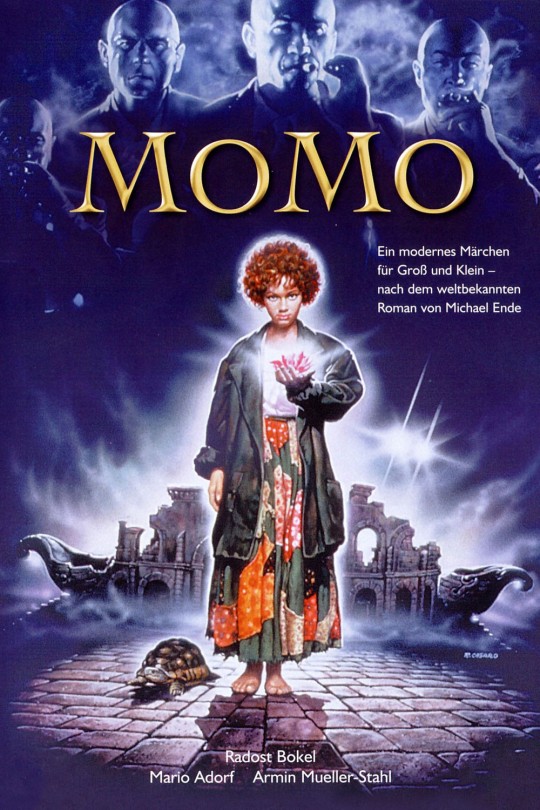
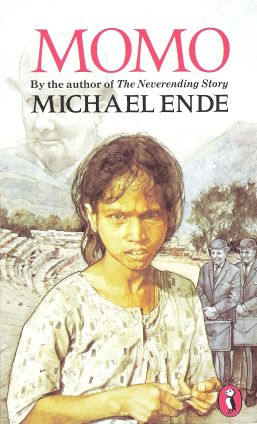
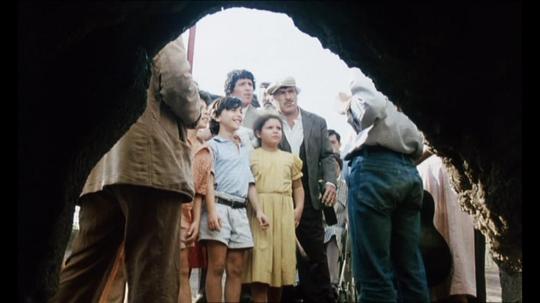
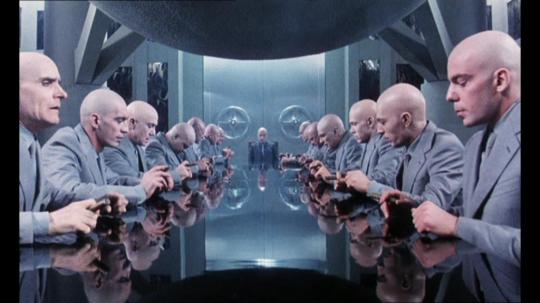
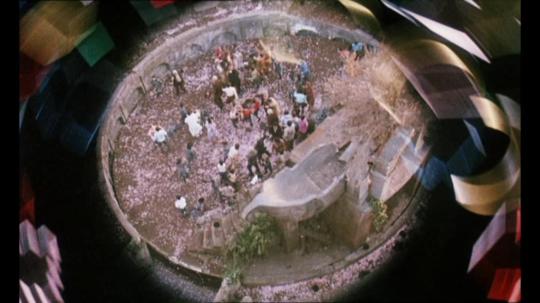
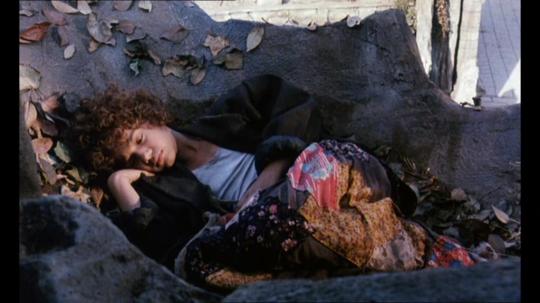


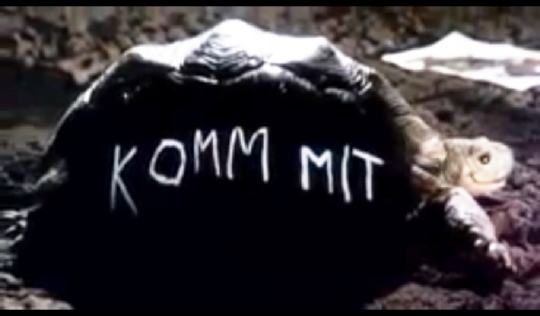

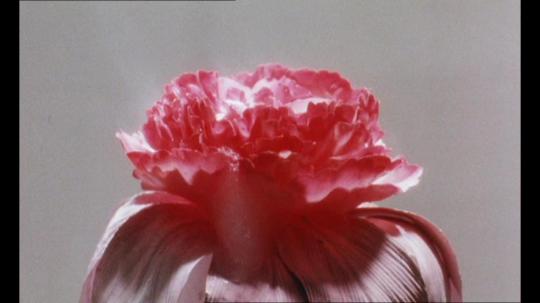




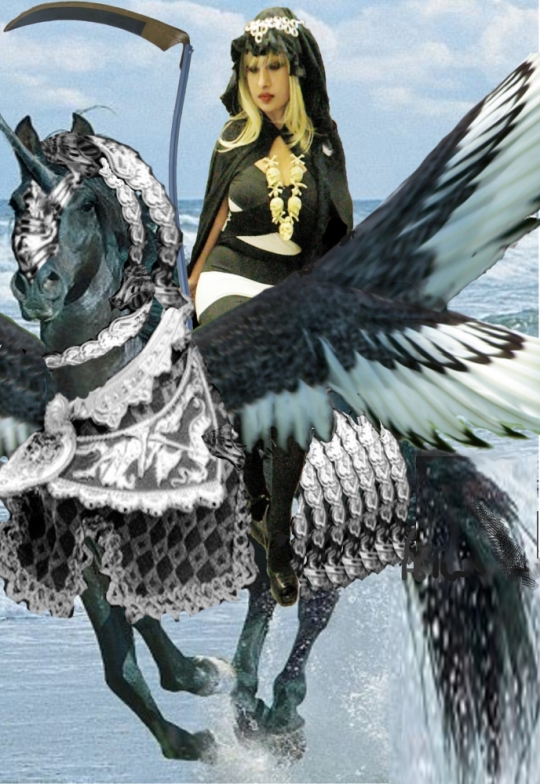

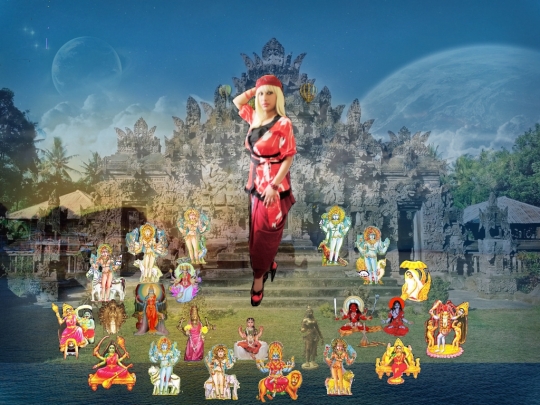
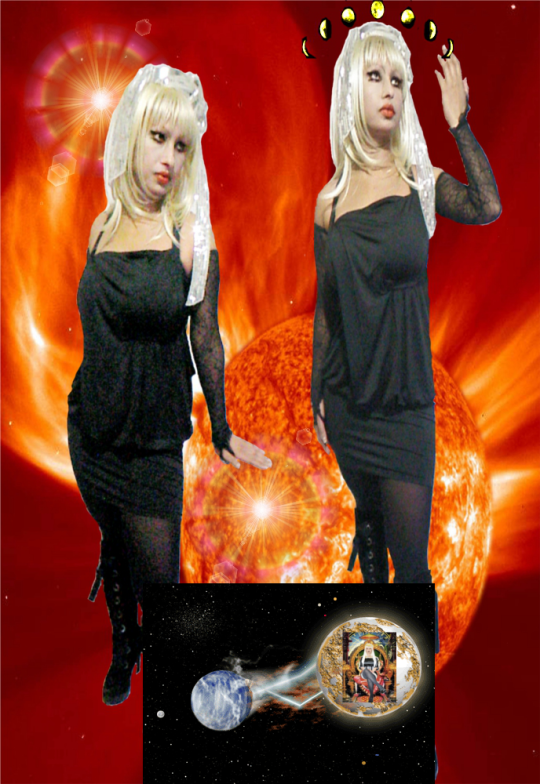
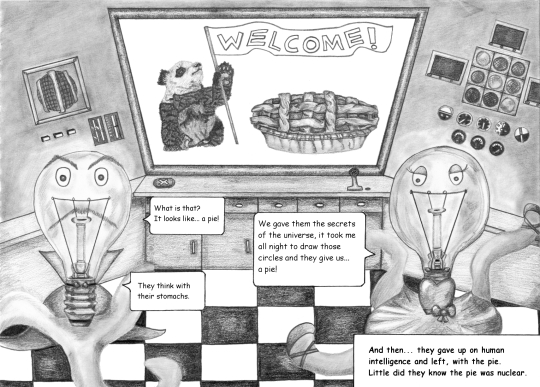

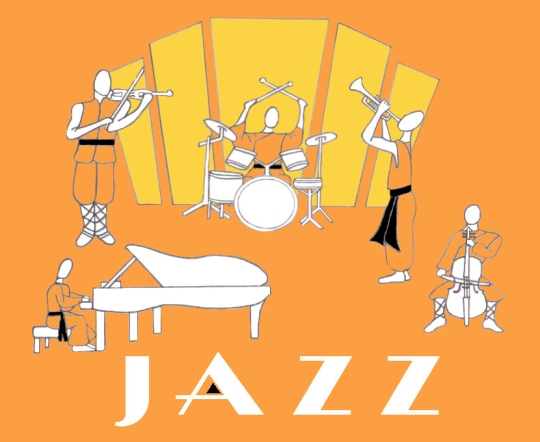
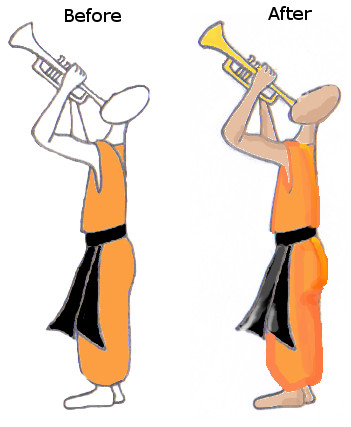




Written
on June 30, 2016